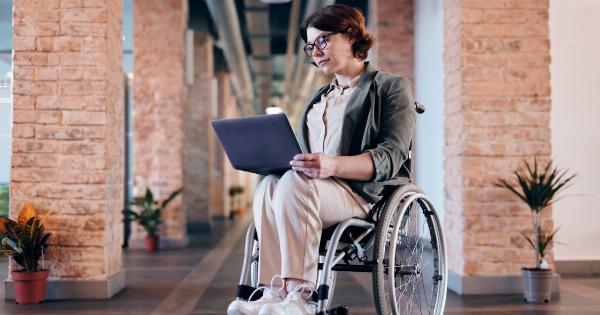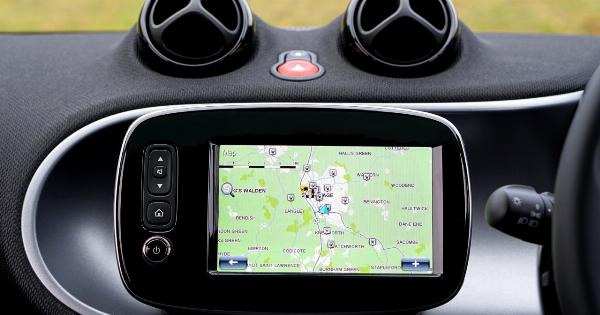Paralysis affects millions of people worldwide, impairing their ability to move and communicate effectively.
However, incredible advancements in technology have led to the development of a groundbreaking system that now enables individuals with paralysis to speak. This revolutionary solution empowers those who were previously unable to express themselves verbally, providing them with a newfound sense of independence and an opportunity to engage in conversations.
Let’s delve deeper into this amazing new system and understand how it is transforming the lives of individuals facing paralysis.
Breaking Barriers with Technology
The technological breakthrough lies in the combination of artificial intelligence (AI) and brain-computer interface (BCI) systems.
Researchers and engineers have collaborated extensively to create a pioneering solution that bypasses traditional means of speech communication by directly decoding the signals generated in the brain when thoughts are formed.
The Mechanics Behind the System
The system comprises a series of electrodes that are non-invasively attached to the scalp, detecting and recording electrical signals from the brain.
These signals are then interpreted by an AI-powered algorithm specifically designed to recognize patterns associated with different words and phrases. With consistent training and calibration, the system becomes increasingly accurate in determining the user’s intended message.
Training the System for Personalized Communication
To ensure seamless communication, users of the system go through a training phase where they are prompted with a variety of words and phrases that are either spoken aloud or presented visually.
Simultaneously, the system records the corresponding brain activity for each specific word or phrase. This training data serves as the basis for the AI algorithm to recognize and map the intentions expressed by the user’s brain signals to the corresponding words or phrases.
The Power of Decoding Brain Signals
The ability to decode brain signals and translate them into meaningful language represents a significant leap forward in the field of neuroscience.
It opens up a world of possibilities for individuals who experience paralysis in various forms, such as quadriplegia or locked-in syndrome, enabling them to vocalize their thoughts without relying on physical muscles or vocal cords.
Fostering Independence and Emotional Well-being
The newfound ability to communicate verbally has an immensely positive impact on the mental and emotional well-being of individuals with paralysis.
Previously, they often faced challenges in expressing their thoughts, leading to frustration, isolation, and even depression. The new system allows them to actively participate in conversations, express their desires and opinions, and strengthen their connections with friends, family, and the broader community.
Enhancing Quality of Life
The system not only provides the means for individuals with paralysis to communicate, but it also expands their opportunities for education, employment, and social engagement.
By overcoming the communication barrier, this amazing new technology empowers users to pursue educational goals, participate in the workforce, and actively contribute to society in a variety of ways.
Real-World Implications and Success Stories
The impact of this groundbreaking system can be witnessed through numerous success stories.
Individuals who have relied on the system have demonstrated the ability to engage in public speaking, hold meaningful conversations, and even pursue careers in teaching and advocacy. The system’s ability to adapt and learn from individual brain signals ensures that users can continually improve their communication accuracy, further enhancing their quality of life.
Promising Research and Future Developments
Ongoing research and development in this field hold tremendous potential for expanding the capabilities of this remarkable system.
Scientists are working towards enhancing the speed and accuracy of decoding brain signals, enabling users to communicate more efficiently. Additionally, efforts are being made to integrate the system with other assistive technologies, allowing users to control their environment, operate devices, and access the digital world using their thoughts alone.
A Glimpse into the Future
The future holds incredible possibilities for individuals with paralysis, with this system being just the beginning.
As technology continues to advance, we may witness even more advanced brain-computer interfaces that enable individuals to regain control over their limbs or interact with their surroundings through thought alone. The potential for a fully immersive, mind-controlled world is not too far-fetched, and researchers and engineers are diligently working towards turning this vision into reality.
Conclusion
The development of this amazing new system, combining advanced AI algorithms and brain-computer interfaces, has revolutionized the lives of those with paralysis.
By enabling individuals to speak through the power of their thoughts, it empowers them to communicate, connect, and reshape their futures. With ongoing research and technological advancements, the future looks incredibly promising for individuals facing paralysis, offering them a chance to overcome their limitations and experience a new level of independence and well-being.































